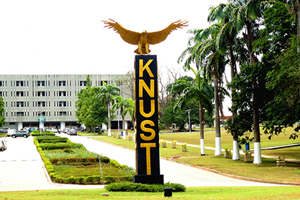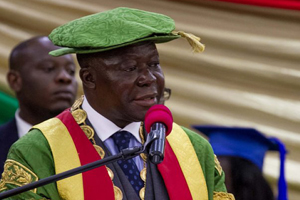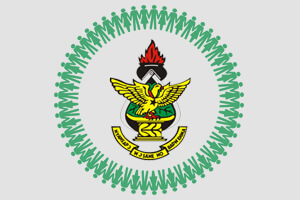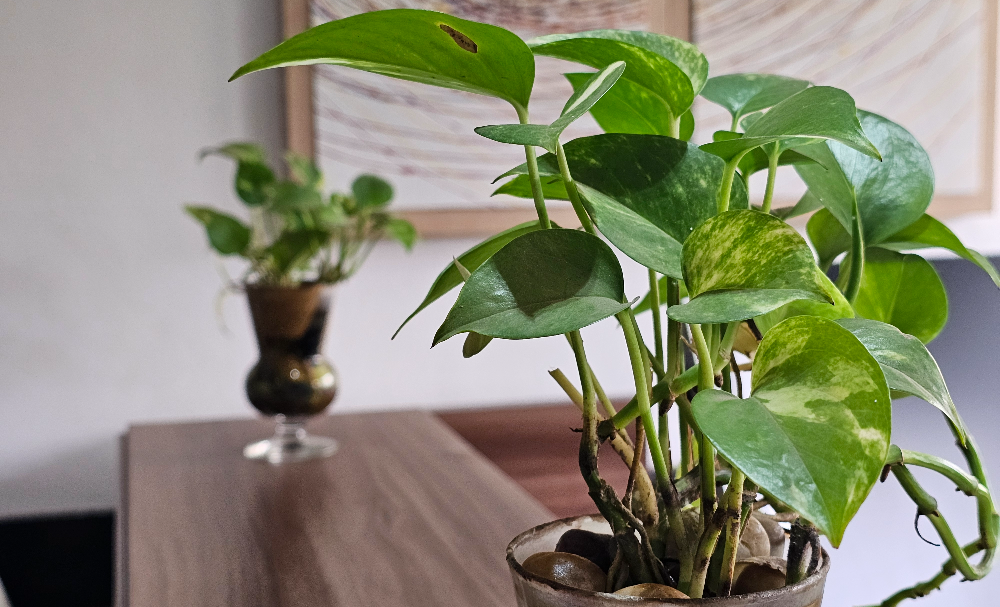The Money Plant and its vines weave through time and space, adorning the offices of the Kwame Nkrumah University of Science and Technology (KNUST).
Many who pass through KNUST’s corridors recall the creeping green tendrils of the Money plant (Epipremnum aureum), its leaves sometimes straying into their paths from the main administration block to the famed Paa Joe Stadium and along the Mecca Road.
“I like the way it spreads all over,” said Monica, an engineering student.
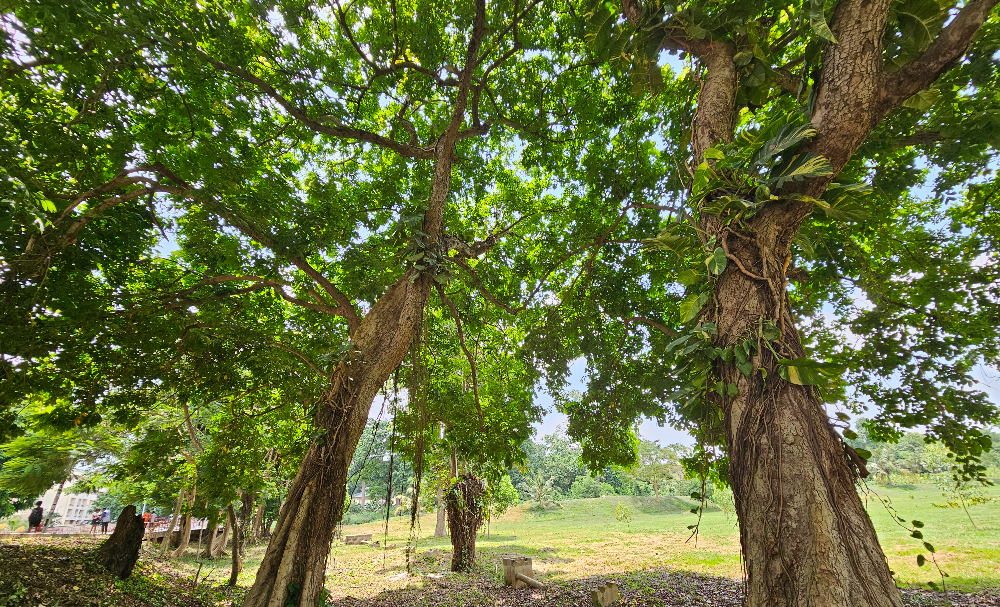
According to the Times of India, the Money Plant earns its name from the shape of its leaves, reminiscent of coins, inspiring beliefs that its thriving presence invites financial prosperity. The Royal Botanic Gardens, Kew, traces its origins to Mo’orea in the Society Islands of French Polynesia. Belonging to the arum family (Araceae), this resilient plant flourishes in diverse climates, making it a beloved indoor ornament worldwide.
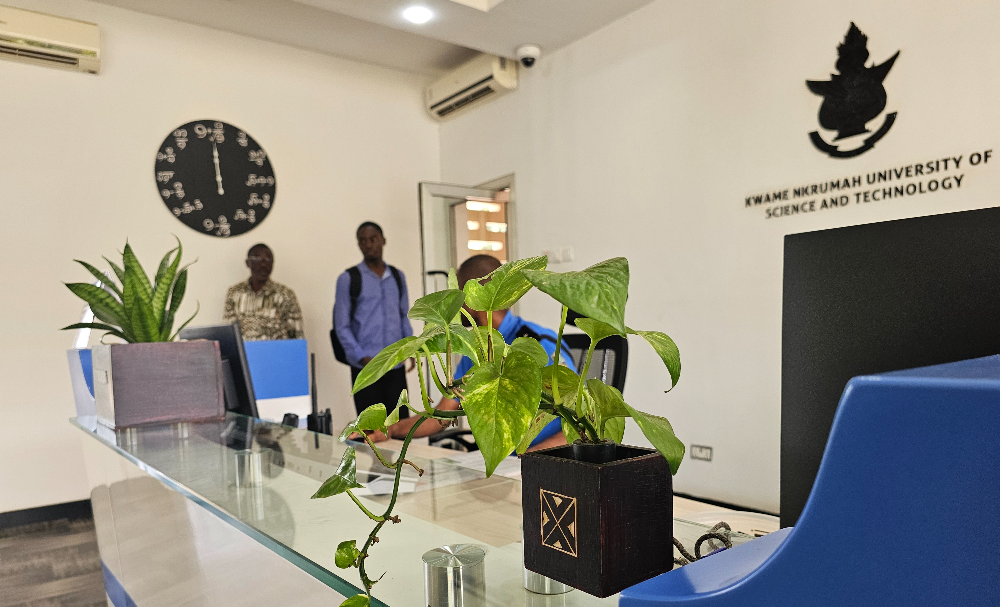
At KNUST, its presence is everywhere. The Vice-Chancellor’s and Pro Vice-Chancellor’s offices bloom with its greenery. It’s housed in snifters, white wine glasses, or suspended gracefully in hanging vases.
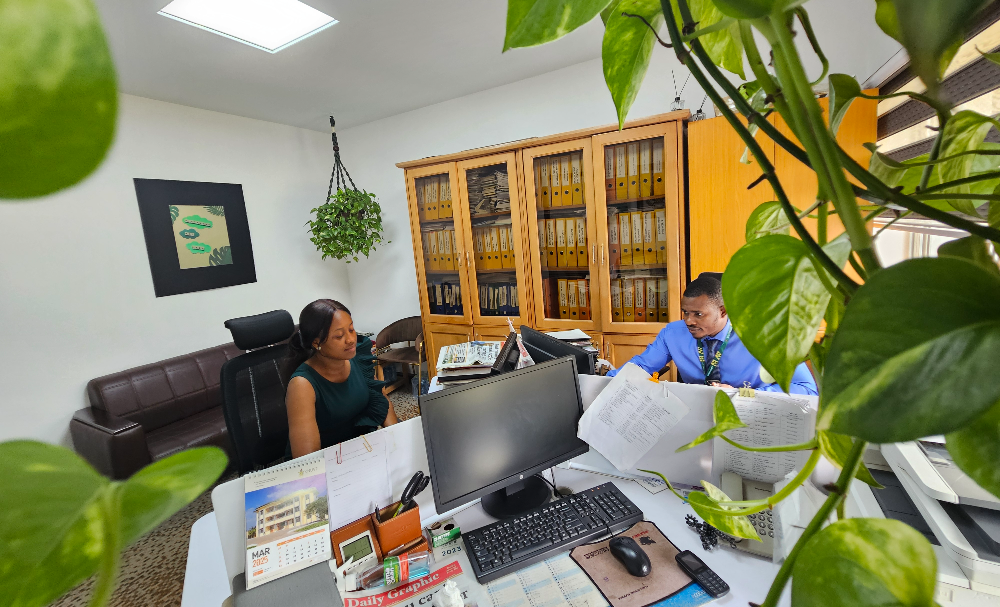
For Richard Gbogbi, a senior administrative assistant at the Pro Vice-Chancellor’s Office, the plant was once unremarkable. He thought it was just another leafy resident of the office. But when a horticulture lecturer identified it for him, his perception shifted.
“At first, I didn’t know the name until I was told. Every morning when I look at it, I begin to value it more. When it overgrows, I see it as a sign of abundance. Before, I saw it as just any other plant,” he reflected.
The KNUST crest boasts a green emblem, a tribute to Ghana’s lush biodiversity. While it symbolizes the nation’s rich flora, one cannot deny that the Money Plant has earned its own quiet place in this legacy.
| Story by Emmanuel Kwasi Debrah (URO) | Photos by Emmanuel Kwasi Debrah (URO) |

